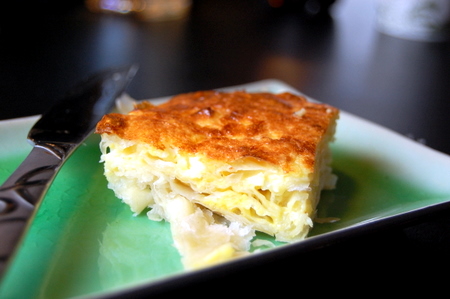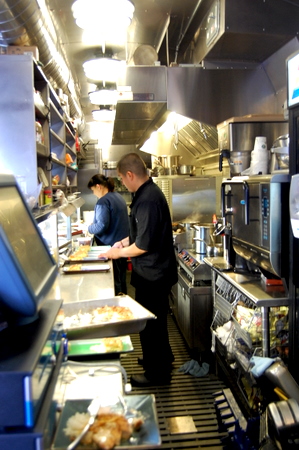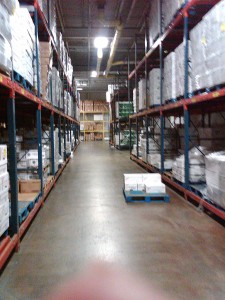Instead of watching elephants balance on their hind legs and 90-pound women fly through the air, I ate lunch in the Pie Car, the dining area for the 300 or so members of the Ringling Bros circus. What does a circus performer eat? It’s certainly not the cotton candy found at concessions, but it’s not health food either. A few D.C. food writers were invited to eat in the dining car and try Chef Michael Vaughn’s food.
Think wedding food. Hotel meeting food. It’s not easy to cook well for hundreds of people, and in a tiny traveling circus train kitchen, it’s no different. The chef prepares breakfast, lunch, dinner and snacks totaling 3,000 meals per week. Performers live 11 months out of the year on this train so everyone has some sort of cooking device in their “room,” from a microwave to a full-fledged range.
Read More›




